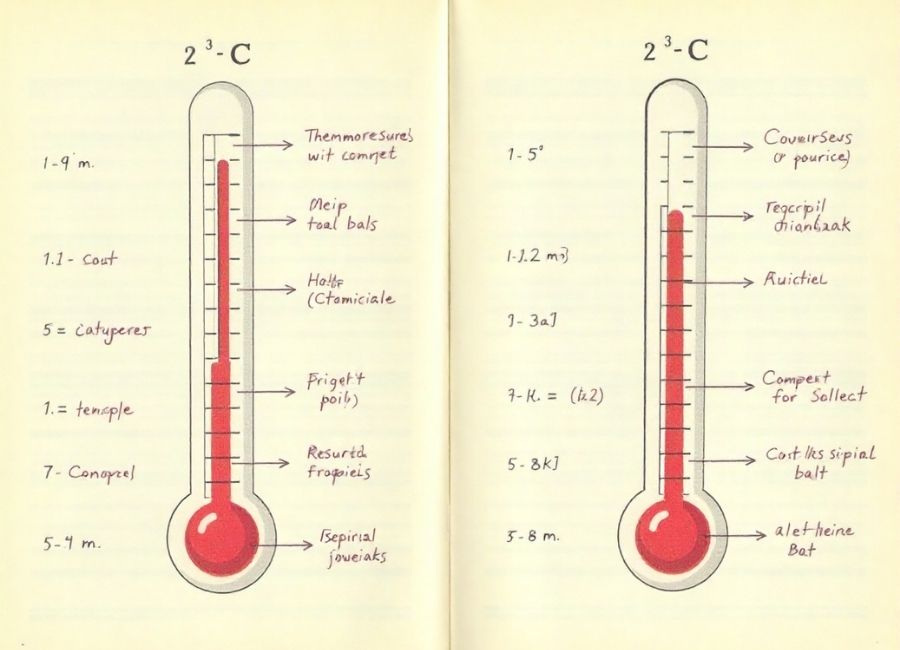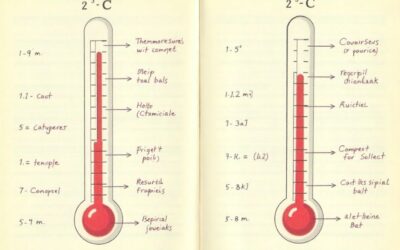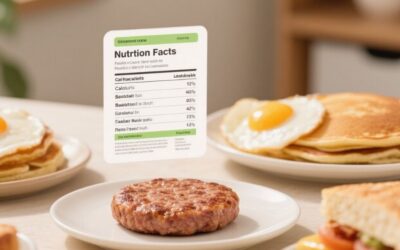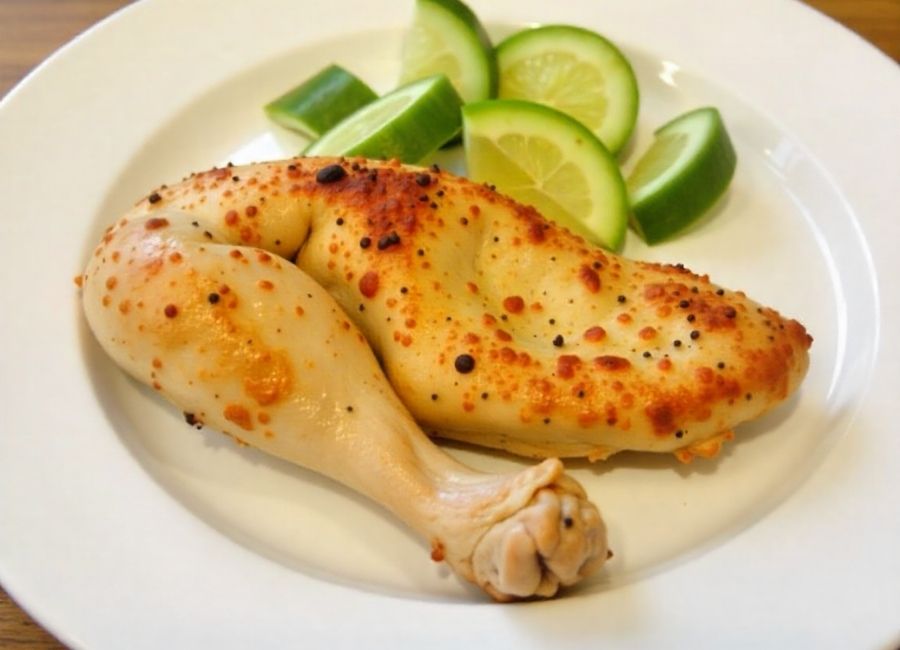One of the biggest hurdles in managing your diet is getting portion sizes right. While weighing your food with a kitchen scale is the most accurate method, it is not always practical—especially when you are dining out or at a friend’s house. This is often the case with common foods like chicken, a staple in many healthy diets. So, how can you know what 4 ounces of chicken actually looks like on your plate?
Learning to visually estimate portion sizes is a valuable skill for anyone trying to track their calorie or protein intake. It empowers you to make more informed food choices without being tethered to a scale. This guide will provide you with simple, effective ways to eyeball a 4-ounce serving of chicken, helping you stay on track with your nutritional goals wherever you are.
Why Portion Control Matters
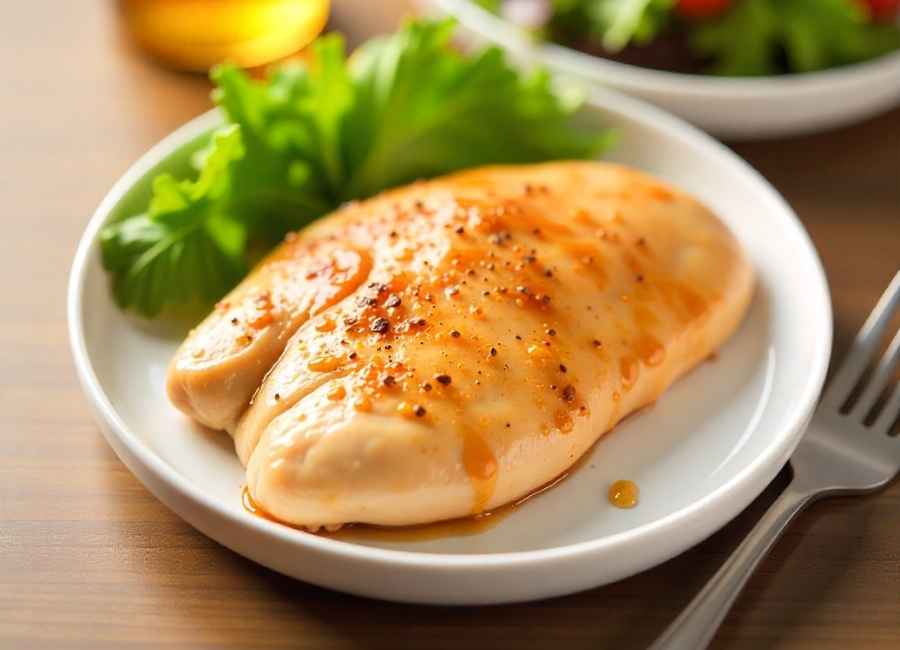
Accurately gauging portion sizes is fundamental to achieving your health and fitness goals. Whether you are aiming for weight loss, muscle gain, or simply maintaining a balanced diet, knowing how much you are eating is crucial.
Chicken is an excellent source of lean protein, which is vital for muscle repair, satiety, and overall metabolic health. However, even healthy foods contain calories, and consuming more than you need can hinder your progress. A 4-ounce serving of boneless, skinless chicken breast contains approximately:
- Calories: 188
- Protein: 35 grams
- Fat: 4 grams
Estimating this serving size correctly ensures you get the protein you need without unintentionally overeating. Consistently misjudging portions can lead to a significant calorie surplus over time, making it harder to reach your goals.
Visual Cues for a 4-oz Serving of Chicken
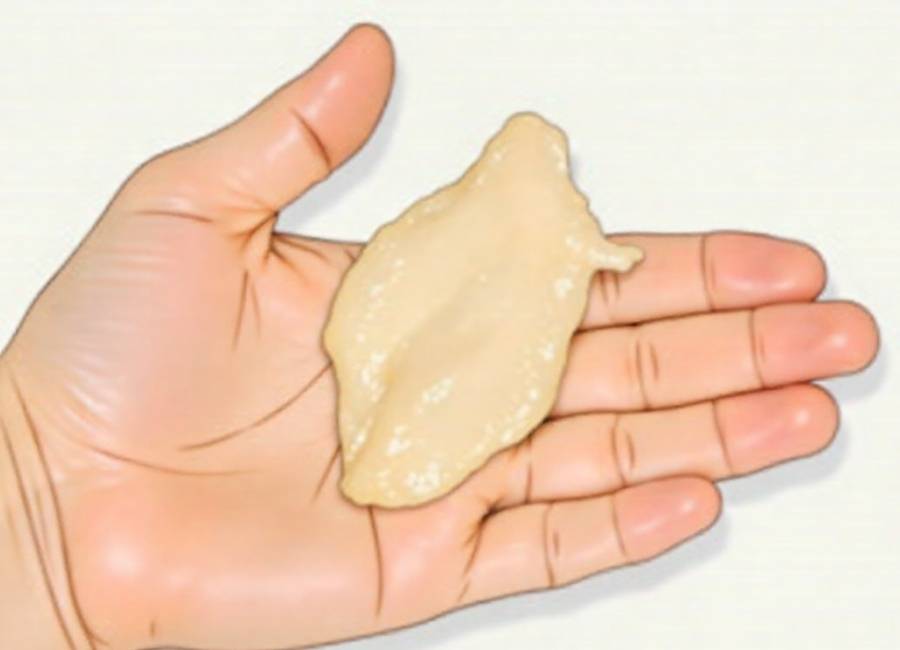
Since carrying a food scale everywhere is not feasible, using visual cues is the next best alternative. These simple hand and object comparisons can help you quickly and discreetly estimate your portion of chicken.
Use Your Hand as a Guide
Your hand is a convenient and personalized measurement tool that is always with you. Here is how it corresponds to a 4-ounce portion of chicken:
- The Palm of Your Hand: A cooked, boneless, skinless piece of chicken that is roughly the size and thickness of the palm of your hand (not including your fingers) is equivalent to about 4 ounces. This is one of the most widely used and reliable visual guides.
Compare it to Common Objects.
If the hand method does not work for you, comparing your food to everyday objects is another effective strategy.
- A Deck of Cards: A standard deck of playing cards is very close in size and thickness to a 4-ounce serving of cooked chicken breast.
- A Bar of Soap: Similarly, a typical bar of soap is a good visual proxy for a 4-ounce portion.
These reference points make it much easier to visualize the correct amount, whether you are serving yourself at home or plating a meal at a buffet.
Tips for Estimating Different Types of Chicken
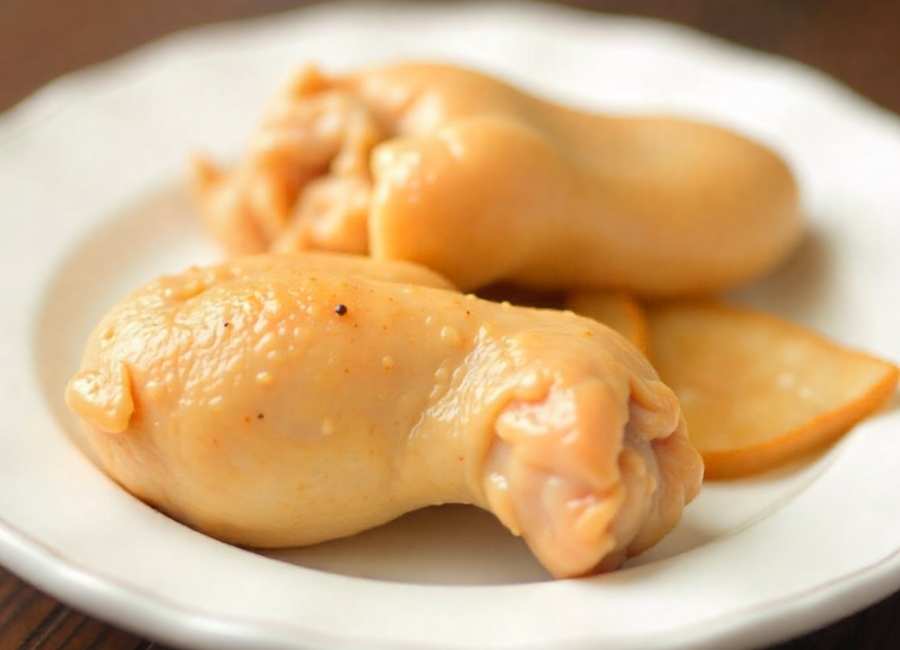
The shape and type of chicken can affect your estimation. Here is how to adjust for different cuts:
- Chicken Breast: This is the easiest cut to estimate, as it is often served as a single, solid piece. Use the palm or deck of cards method.
- Shredded or Diced Chicken: When chicken is cut into smaller pieces, it can be trickier to gauge. A 4-ounce portion of shredded or diced chicken is equivalent to about three-quarters of a cup. This measurement is particularly valuable for foods like chicken salad, tacos, or casseroles.
- Chicken Thighs or Drumsticks: These cuts include bone and skin, which adds weight. A single, medium-sized chicken thigh (with bone) or two small drumsticks will typically yield about 2-3 ounces of meat once the bone is removed. You would need more than one average thigh to reach a 4-ounce serving of actual meat.
Practice Makes Perfect
Becoming proficient at eyeballing portions takes practice. The best way to train your eye is to measure your food at home for a week or two.
- Weigh it First: Before cooking, use a food scale to weigh out a 4-ounce raw portion of chicken.
- Cook and Observe: Cook the chicken and see how its size and shape change. Note that chicken loses about 25% of its weight during cooking, so 4 ounces of raw chicken will cook down to approximately 3 ounces. To get a 4-ounce cooked portion, you will need to start with about 5.3 ounces of raw chicken.
- Visualize: Place the cooked 4-ounce portion on your plate and compare it to your palm and other objects. Take a mental snapshot.
- Repeat: this process consistently for a couple of weeks, using different foods. This practice will build your confidence and improve your accuracy over time. Soon, you will be able to estimate portions with ease.
A Better Way to Manage Portions
Mastering portion control is a skill that serves you for life, freeing you from the need for constant measuring. By using your hand, everyday objects, and a small quantity of practice, you can confidently estimate a 4-ounce serving of chicken and stay aligned with your health objectives. This simple knowledge empowers you to build balanced, properly portioned meals no matter where you are. decision at a time!











